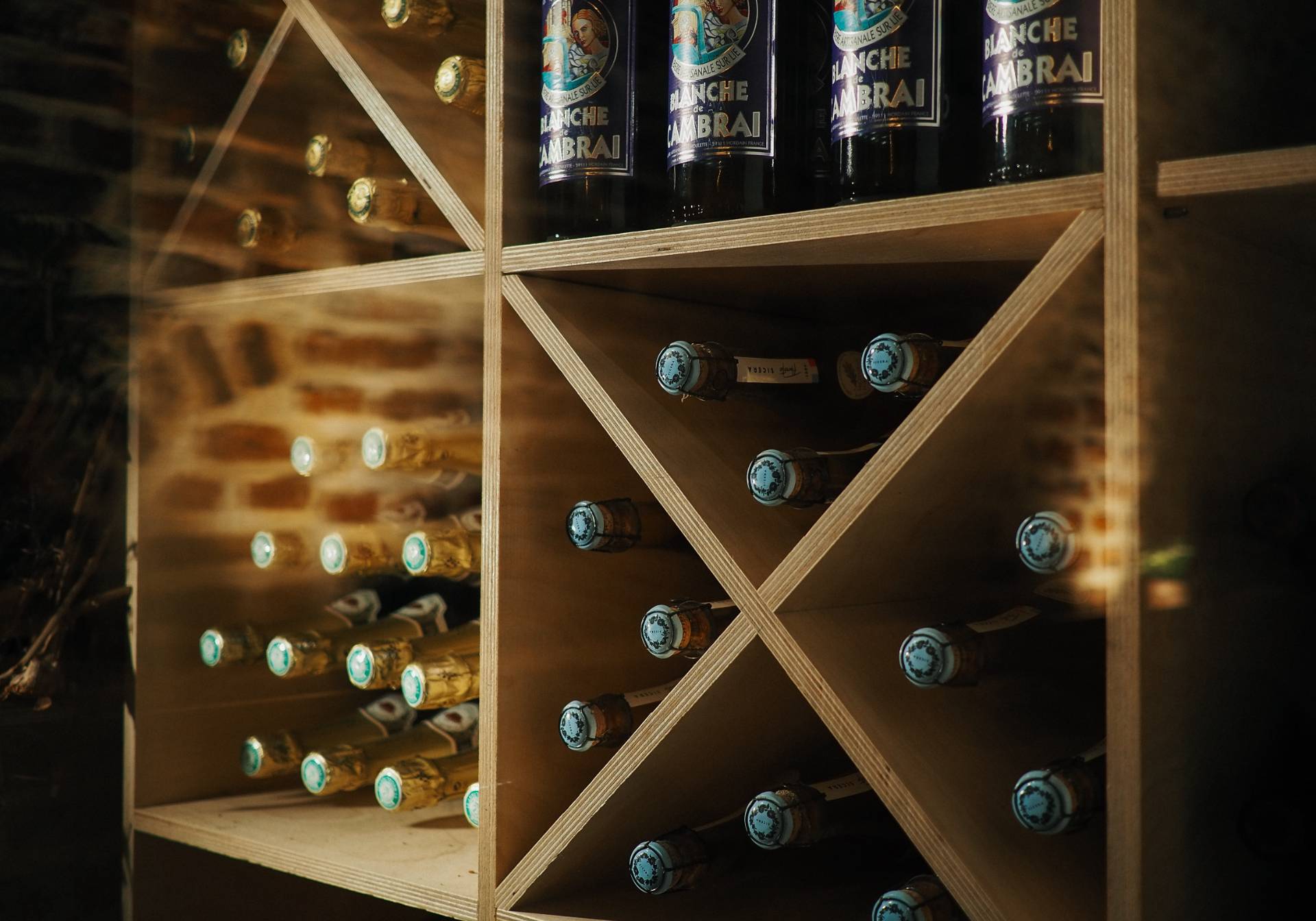

Articles
How To Store Wine For 20 Years
Modified: January 18, 2024
Discover expert articles on how to store wine for 20 years and preserve its quality. Learn the secrets of proper wine storage and aging techniques.
(Many of the links in this article redirect to a specific reviewed product. Your purchase of these products through affiliate links helps to generate commission for Storables.com, at no extra cost. Learn more)
Introduction
Storing wine for 20 years is a true art that requires careful consideration and attention to detail. Whether you are a wine enthusiast, a collector, or simply someone who enjoys the occasional bottle of aged wine, knowing how to store wine properly can make all the difference in preserving its flavor, aroma, and quality over time.
When it comes to aging wine, it’s not just about finding a dark, cool corner in your basement and tossing the bottles in. The storage conditions play a crucial role in the development and maturation of the wine. In this article, we will explore the essential steps and considerations to help you store your wine for 20 years and ensure that it reaches its full potential.
From choosing the right wine and selecting the ideal storage location to maintaining consistent temperature and humidity, we will delve into each aspect of wine storage. We will also discuss the importance of storing wine bottles horizontally, protecting them from light and vibration, securing corked bottles properly, monitoring and rotating bottles, and keeping a track of wine aging.
Finally, we will address the topic of when and how to open those precious bottles of wine that have been patiently waiting for 20 years. So, whether you are planning a special celebration or simply curious to indulge in a glass of well-aged wine, you will have all the knowledge and guidance necessary to enjoy the fruits of your careful wine storage process.
So without further ado, let’s embark on this journey of preserving and savoring wine that has withstood the test of time.
Key Takeaways:
- Preserve the Art of Aging: From choosing the right wine to maintaining consistent storage conditions, the journey of storing wine for 20 years is a patient endeavor that requires attention to detail and a deep appreciation for the aging process.
- Savor the Timeless Elegance: Opening a well-aged wine is a remarkable experience that should be approached with care and reverence. Decant, observe, pair, and share to fully appreciate the complexity and depth that time has bestowed upon the wine.
Read more: How To Store A Car For 20 Years
Choose the Right Wine
When it comes to long-term wine storage, selecting the right type of wine is crucial. Not all wines are meant to be aged for decades, and choosing the wrong variety can result in disappointment when it comes time to open the bottle.
To begin with, red wines generally have a higher potential for aging compared to white wines. This is because red wines typically have higher tannin levels, which act as a natural preservative and help the wine age gracefully over time. Look for red wine varieties such as Cabernet Sauvignon, Bordeaux blends, Barolo, and Syrah for optimal aging potential.
Furthermore, while most wines can benefit from a few years of aging, not all wines are designed for long-term cellaring. It’s important to check the label or consult with a knowledgeable wine expert to ensure that the wine you choose has the potential to improve and develop over the span of 20 years.
Additionally, consider the vintage of the wine. Certain years yield exceptional wines that are well-suited for long-term aging. Vintage charts and expert reviews can provide valuable insights into the quality of a particular year and help you make an informed decision.
Lastly, personal preference plays a role in the selection process as well. Choose wines that align with your taste preferences and that you genuinely enjoy. Aging wine is a patient endeavor, so it’s important to choose wines that you will be excited to open and savor after 20 years of anticipation.
Taking the time to research, explore, and select the right wine for long-term storage is the first step to ensuring a rewarding experience when you finally uncork that bottle two decades down the line.
Select the Ideal Storage Location
Once you’ve chosen the perfect wine for long-term storage, the next step is to find the ideal location to store it. The storage environment plays a critical role in the aging process, so it’s important to consider several factors when selecting the storage location.
First and foremost, temperature control is paramount. Wine should be stored at a consistent temperature between 45°F (7°C) and 65°F (18°C). Fluctuations in temperature can cause the wine to expand and contract, potentially damaging the cork and compromising the quality of the wine. Avoid storing wine in areas that are subject to extreme temperature fluctuations, such as garages or attics.
Humidity is another important factor to consider. The ideal humidity level for wine storage is between 50% and 70%. Excessively low humidity can dry out the cork, leading to oxidation and spoilage of the wine. On the other hand, excessive humidity can promote the growth of mold and damage the labels. Maintaining a moderate level of humidity helps ensure the integrity of the wine bottles.
Avoid storing wine in areas with direct sunlight or fluorescent lighting, as UV radiation can degrade the wine and affect its flavor. Opt for a storage location that is dark or minimally exposed to light. If necessary, consider using UV-filtering window film or storing wine in opaque storage containers to protect it from harmful light exposure.
Vibrations can also have a negative impact on aging wine. Vibrations can disturb the sediments in the bottle and disrupt the wine’s maturation process. Choose a storage location away from heavy machinery, traffic vibrations, or any other sources of constant movement.
Additionally, it’s important to consider the airflow and ventilation of the storage area. Proper ventilation helps prevent mold and musty odors from affecting the wine. Avoid storing wine in areas with strong odors or environmental contaminants.
Ideally, a dedicated wine cellar or wine refrigerator is the best storage option for long-term aging. These storage solutions offer precise temperature and humidity controls, protection from light, and minimal vibrations. However, if a cellar or wine refrigerator is not feasible, consider a cool, dark, and undisturbed area of your home that meets the aforementioned temperature, humidity, and light criteria.
By selecting the ideal storage location, you create the optimal environment for your wine to age gracefully and develop the complex flavors and aromas that are characteristic of a well-aged bottle.
Maintain Consistent Temperature and Humidity
One of the most critical aspects of proper wine storage is maintaining a consistent temperature and humidity level. Fluctuations in these factors can have detrimental effects on the quality and aging process of the wine. Here are some tips to ensure a stable environment for your wine:
Temperature: Wine should be stored at a consistent temperature between 45°F (7°C) and 65°F (18°C). Avoid any drastic fluctuations in temperature, as this can cause the wine to expand and contract, potentially leading to leakage or oxidation. Rapid temperature changes can also negatively impact the flavor and balance of the wine. Invest in a reliable thermometer to monitor the temperature in your storage area regularly.
Humidity: The ideal humidity level for wine storage is between 50% and 70%. Too low humidity can cause corks to dry out, leading to air seepage and spoilage of the wine. Conversely, excessive humidity can promote mold growth, damage labels, and affect the overall quality of the wine. Invest in a hygrometer to measure the humidity levels in your storage area and use a humidifier or dehumidifier if necessary to maintain the optimal range.
Invest in Temperature and Humidity Control: For serious wine collectors, investing in a dedicated wine cellar or wine refrigerator with built-in temperature and humidity controls is highly recommended. These units provide a controlled environment specifically designed for wine storage. They offer precise temperature and humidity settings, ensuring consistent conditions for your valuable bottles. If a dedicated storage unit is not feasible, consider using a wine cooler or a wine cabinet that offers some temperature and humidity control features.
Avoid Storage Areas with Temperature Fluctuations: Keep wine away from areas that are subject to extreme temperature swings, such as garages, sheds, or attics. These areas are often influenced by external factors, such as weather conditions, which can lead to temperature variations that can harm the wine. Choose a storage location within your home that is relatively insulated and stays relatively stable throughout the year.
Regularly Monitor and Adjust: It’s important to regularly monitor the temperature and humidity levels in your storage area. Make a habit of checking the thermometer and hygrometer to ensure that the conditions remain within the recommended range. If you notice any significant fluctuations, take appropriate measures to adjust the environment, such as adjusting the thermostat, adding humidity control devices, or relocating the wine to a more suitable area.
Seek Professional Advice: If you are uncertain about the temperature and humidity requirements for your specific wines, consult a professional, such as a sommelier or a wine storage specialist. They can provide valuable insights and guidance based on the specific wines you are storing and the conditions in your storage area.
By maintaining a consistent temperature and humidity in your wine storage area, you create an environment that promotes the optimal aging process and allows your wine to develop and mature gracefully over time.
Store Wine Bottles Horizontally
When it comes to storing wine, the horizontal position is the preferred method. Storing wine bottles horizontally has several important benefits that contribute to preserving the quality and longevity of the wine:
Preventing the Cork from Drying Out: One of the primary reasons for storing wine bottles horizontally is to keep the cork in constant contact with the wine. This contact ensures that the cork remains moist and tight against the neck of the bottle, preventing air from seeping in. When the cork dries out, it can shrink and allow oxygen to enter the bottle, leading to oxidation and spoiling of the wine. By storing wine horizontally, you help maintain the integrity of the cork and protect the wine from premature aging.
Minimizing the Risk of Leaks: Storing wine bottles horizontally also reduces the risk of potential leaks. When the wine is in contact with the cork, it exerts a slight pressure on it, helping to create a seal. If the bottles are stored upright for an extended period, the pressure inside the bottle can push against the cork, potentially causing leakage. By storing wine horizontally, you mitigate the risk of leaks and ensure that the wine remains safely contained.
Promoting Sediment Settlement: Many wines, especially older red wines, develop sediment over time. Sediment consists of natural compounds, such as tannins and pigments, that precipitate out of the wine as it ages. By storing the bottles horizontally, you encourage the sediment to settle at the bottom of the bottle, away from the neck and the pour spout. This sediment can then be easily separated from the wine during decanting, ensuring a clearer and more enjoyable drinking experience.
Optimizing Space Efficiency: Storing wine bottles horizontally also helps maximize the use of space in the storage area. By placing bottles side by side, you can fit more bottles in a limited space compared to storing them upright. This can be particularly advantageous if you have a large wine collection and need to make the most of your storage capacity.
In addition to storing individual wine bottles horizontally, it is also recommended to store wine cases in the same manner. Keeping the cases stacked horizontally ensures that all the bottles within the case maintain proper contact with the cork, minimizing the risk of drying out or leaking.
While it is not mandatory to store all wines horizontally, it is highly recommended for those bottles sealed with natural corks. Storing wine bottles horizontally is an easy and effective way to preserve the quality and longevity of your wines, allowing them to age gracefully and be enjoyed at their best.
Read more: How To Store A Car For A Year
Protect Wine from Light and Vibration
When it comes to preserving the quality and flavor of your stored wine, protecting it from light and vibration is crucial. Light and vibration can adversely affect the aging process and ultimately degrade the overall quality of the wine. Here’s why it’s important to shield your wine from these two factors:
Light Protection: Exposure to light, especially ultraviolet (UV) rays, can have a detrimental impact on wine. UV rays can cause chemical reactions within the wine, leading to deterioration of flavors, loss of vibrancy, and a premature aging process. To protect your wine, store it in a location away from direct sunlight or fluorescent lighting. Consider using UV-filtering window film or opaque storage containers to further shield the wine from harmful light.
Vibration Prevention: Vibrations can disturb the sediment in wine bottles, disrupt the aging process, and negatively impact the flavor and balance of the wine. Avoid storing wine in areas with frequent vibrations, such as near heavy appliances, speakers, or areas with high foot traffic. Even subtle vibrations from everyday activities, like walking on a wooden floor, can be enough to disturb the sediment and disturb the wine’s development over time. Choose a stable and undisturbed location or invest in specialized wine storage racks or cabinets designed to reduce vibration.
Both light and vibration can harm wine individually, but they can also work in tandem to accelerate the aging process and deteriorate the quality of the wine. It’s important to take proactive steps to protect your wine from these potential hazards.
Proper Storage Solutions: Investing in a dedicated wine cellar, wine refrigerator, or wine cooler can provide an optimal storage solution that helps shield your wine from both light and vibration. These storage units are designed with insulation and UV-resistant glass, providing a controlled and protected environment for your wine. They also typically feature anti-vibration technology or shock-absorbing shelves to minimize any disturbances. If a specialized storage unit is not feasible, consider using a quiet and stable area in your home away from light sources and potential vibrations.
Handling and Transportation: When handling or transporting wine bottles, be conscious of the potential impact of light and vibration. Always handle wine bottles with care, avoiding any sudden movements or jostling. When transporting wine, use protective packaging or wine-specific carriers to minimize the risk of damage from external factors.
By protecting your wine from light and vibration, you ensure that it can age undisturbed, allowing the flavors and aromas to develop properly. This attention to detail will result in a more enjoyable wine experience when you finally open those bottles that have been patiently waiting for years.
Store wine in a cool, dark, and humid environment with a consistent temperature around 55°F. Keep the bottles on their side to keep the cork moist and prevent oxidation. Avoid storing near strong odors or vibrations.
Secure Corked Wine Bottles Properly
For wines sealed with a cork, proper bottle closure is essential to maintain the integrity and quality of the wine. Improper storage or handling can cause the cork to shrink, allowing air to enter the bottle and compromising the wine’s flavor and aging potential. Here are some tips to ensure that corked wine bottles are secured properly:
Store Bottles Horizontally: Storing wine bottles horizontally is not only important for maintaining the moisture in the cork but also for keeping the cork in constant contact with the wine. This position helps to create a tight seal and prevents air from seeping into the bottle. Proper sealing is crucial for preserving the wine and preventing premature aging.
Avoid Temperature Fluctuations: Fluctuations in temperature can cause the wine inside the bottle to expand and contract, which can put pressure on the cork. Extreme temperature changes can lead to the cork loosening or pushing out of the bottle, risking oxidation of the wine. Therefore, it’s important to store your wine in a cool and consistent environment.
Maintain Appropriate Humidity: Proper humidity levels are crucial for preventing the cork from drying out. When the cork dries, it loses its elasticity and can shrink, leading to air leakage. Keep the humidity in your storage area between 50% and 70% to ensure that the cork remains moist and maintains a proper seal on the bottle.
Handle Bottles Gently: When handling corked wine bottles, avoid excessive shaking or jostling. Rough handling can disturb the sediment in the bottle and potentially affect the wine’s flavor. Gentle and careful handling minimizes the risk of damage to the cork and ensures that the wine remains undisturbed.
Inspect and Replace Damaged Corks: Regularly inspect the condition of the corks in your wine bottles. If you notice any signs of damage, such as mold, cracks, or leakage, it’s important to replace the cork to maintain a secure seal. Damaged corks can compromise the quality of the wine and increase the risk of oxidation.
Use Appropriate Tools for Opening: When it comes time to open a corked wine bottle, use a quality corkscrew specifically designed for wine. Avoid using cheap or faulty corkscrews that can damage the cork or break it inside the bottle. A smooth and clean extraction helps maintain the integrity of the cork and ensures a proper seal when re-corking for future storage.
By following these guidelines for securing corked wine bottles properly, you can help preserve the freshness, flavors, and aging potential of your wines. This attention to detail ensures that every bottle you open will offer a delightful and uncompromised experience.
Monitor and Rotate Wine Bottles
Monitoring and rotating wine bottles are important practices to ensure the even aging and consistent quality of your wine collection. By regularly checking on your bottles and making slight adjustments, you can protect the wine from potential issues and maximize its aging potential. Here’s why monitoring and rotating wine bottles are essential:
Check for Cork Moisture and Integrity: Regularly inspect the corks of your wine bottles to ensure they remain moist and intact. A dry or damaged cork can lead to air seepage and spoilage of the wine. If you notice any signs of leakage, mold, or deterioration, it’s important to address the issue promptly by resealing the bottle with a new cork or transferring the wine to a new container.
Monitor for Sediment and Bottle Condition: Aging wines, especially red wines, can develop sediment over time. Sediment consists of natural compounds that precipitate out of the wine during maturation. Regularly check the bottles for sediment buildup, as excessive sediment can affect the wine’s clarity and taste. Additionally, examine the bottles for any signs of damage or defects that could compromise the quality of the wine. Handle and store those bottles with extra care or consider transferring the wine to a new container if necessary.
Rotate Bottles to Ensure Consistent Aging: To promote even aging and avoid any potential issues, it’s beneficial to rotate the position of your wine bottles periodically. The process is simple: move the bottles on the shelf or rack, so the bottle that was on the bottom is now on top, and vice versa. This rotation helps distribute any sediment that may have settled at the bottom of the bottle and ensures that all bottles receive relatively equal exposure to the storage conditions, such as temperature and humidity. It’s especially important for wines that require long aging periods, as it helps avoid the development of “off” flavors.
Consider a Wine Inventory System: Keeping track of your wine collection and its aging progress is easier with a wine inventory system. This can be a simple spreadsheet or a specialized wine inventory software. It allows you to record important information about each bottle, such as vintage, variety, and storage location. By organizing and managing your inventory, you can easily monitor the aging process, identify bottles that may need attention, and make informed decisions on when to open specific bottles.
Consult Expert Opinions: If you have a valuable or particularly unique bottle of wine in your collection, consider consulting with a wine expert, such as a sommelier or a wine storage specialist. They can provide valuable advice on the optimal aging conditions for your specific bottles and offer guidance on when to rotate, monitor, or open certain wines.
By monitoring and rotating your wine bottles, you ensure that each bottle ages gracefully and maintains its quality over time. These simple but important practices contribute to the overall enjoyment of your collection and allow you to savor the best of each wine when the time comes to uncork and indulge.
Keep an Inventory and Track Wine Aging
Keeping an inventory and tracking the aging process of your wine collection is essential for any wine enthusiast or collector. By maintaining a detailed record of your wine bottles and monitoring their aging progress, you can ensure that each bottle is enjoyed at its peak and make informed decisions about when to open specific wines. Here’s why keeping an inventory and tracking wine aging is important:
Organize Your Collection: Creating an inventory helps you stay organized and keep track of your wine collection. Whether you have a small or extensive collection, recording important information such as the vintage, winery, grape variety, and storage location ensures that you can easily find bottles when needed and maintain an overview of your collection’s diversity.
Monitor Ageability: Some wines are ideal for aging, while others are meant to be enjoyed young. By tracking the aging potential of each wine, you can better understand when it will reach its peak and plan accordingly. Research the recommended aging guidelines for each wine, consulting resources such as expert reviews and vintage charts. Update your inventory with this information and make notes about the optimal drinking window for each bottle.
Record Storage Details: Note the specific storage conditions for each wine in your inventory. Include details such as the temperature, humidity, and lighting conditions of the storage area. This information is useful for evaluating the aging process and can help troubleshoot any issues that may arise. It also allows you to compare the aging progress between different storage locations and adjust accordingly if necessary.
Regularly Update Tasting Notes: Taste your wines periodically and update your inventory with tasting notes. Record your impressions of the wine’s aroma, taste, and overall quality. This helps you track the development of each wine and assess when it is approaching its peak or starting to decline. It also gives you a valuable reference point for future tastings and comparisons.
Plan and Manage Inventory: Having an inventory allows you to plan and manage your wine collection more effectively. You can track which bottles are ready to be enjoyed, which ones need more aging, and which ones may be reaching the end of their optimal drinking window. This helps in making informed decisions about when to open specific bottles for special occasions or when to replenish your collection with new purchases.
Appreciate the Journey: Monitoring the aging process of your wine collection can be a rewarding and educational experience. It allows you to witness the evolution of the wine, see how it develops new flavors and aromas, and appreciate the craftsmanship of winemaking. Each bottle tells a unique story, and tracking its aging progress adds an extra layer of enjoyment to the overall wine experience.
By keeping an inventory and tracking the aging process of your wine collection, you can maximize the enjoyment and value of each bottle. This practice ensures that you open your wines at their optimal moment, appreciate their evolution, and savor the true essence of the winemakers’ art.
Read more: How To Store Rice For Years
When and How to Open Wine Bottles Stored for 20 Years
After patiently storing wine bottles for 20 years, the time has finally arrived to savor the fruits of your labor. Opening a well-aged wine can be an exciting and memorable experience. However, it’s essential to approach the process with care and consideration to ensure that the wine is enjoyed to its fullest potential. Here’s a guide on when and how to open wine bottles stored for 20 years:
Determine the Optimal Drinking Window: Start by referring to your inventory and consulting expert opinions on the optimal drinking window for the specific wine you have stored. Wines reach their peak at different stages of aging, and opening the bottle at the right time ensures that you experience the wine at its best. Some wines may be ready to enjoy right at the 20-year mark, while others may benefit from a few more years of aging.
Decant the Wine: Decanting is the process of transferring the wine from the bottle to a decanter, allowing it to breathe and separate from any sediment that may have formed over time. Decanting is particularly important for older wines, as it helps to improve their aromas and flavors. Gently pour the wine into a clean decanter, being cautious not to disturb the sediment at the bottom of the bottle. Allow the wine to breathe for a short period, typically around 30 minutes, before serving.
Select the Right Glassware: Choose appropriate glassware to enhance your wine-drinking experience. Opt for large, tulip-shaped glasses that allow the wine to breathe and concentrate the aromas. Avoid using narrow or excessively large glasses as they may not showcase the wine’s characteristics properly.
Observe the Wine’s Characteristics: Take your time to observe the wine’s color, aroma, and taste. Aged wines may have developed a unique color spectrum, ranging from golden hues in white wines to brick or tawny shades in red wines. Swirl the wine gently in the glass to release its aromas and take note of any complex and refined scents. Sip the wine slowly, allowing it to coat your palate, and savor the nuanced flavors that have developed over years of aging.
Pair with Appropriate Food: Consider pairing your well-aged wine with complementary foods to enhance the overall dining experience. Consult a food pairing guide or seek advice from experts to find the perfect match for your specific wine. Keep in mind that older wines often possess more delicate flavors, so be mindful of selecting dishes that won’t overpower or clash with the wine.
Share and Savor: Opening a long-aged wine is a momentous occasion, and sharing it with loved ones can make it even more special. Use this opportunity to gather friends or family and share the experience together. Discuss and appreciate the wine’s unique characteristics, reminisce about the time it spent aging in your cellar, and create lasting memories to cherish.
Consider Cellaring the Remaining Bottles: If you have multiple bottles of the same wine, it’s worth considering cellaring the remaining bottles for a bit longer. This enables you to explore the wine’s potential evolution and enjoy it at different stages of aging. However, it’s important to keep monitoring the wine’s condition and aging progress to ensure that you open subsequent bottles at the optimal time.
Opening wine bottles that have been carefully stored for 20 years is a remarkable experience. By following these guidelines and approaching the process with reverence, you can fully appreciate the complex flavors, aromas, and the incredible transformation that time has bestowed upon the wine.
Conclusion
Storing wine for 20 years requires patience, attention to detail, and a deep appreciation for the art of aging. By following the steps outlined in this article, you can ensure that your wine collection is preserved in the best possible conditions and reaches its full potential when it’s time to uncork those prized bottles.
From choosing the right wine to selecting the ideal storage location, maintaining consistent temperature and humidity, storing bottles horizontally, protecting wine from light and vibration, securing corked bottles properly, monitoring and rotating bottles, and keeping an inventory to track wine aging, each step is crucial for maintaining the quality and aging potential of your wines.
When the moment arrives to open your well-aged wine, take the time to decant it, observe its unique characteristics, choose the appropriate glassware, pair it with complementary foods, and share the experience with loved ones. By approaching the process with care and appreciation, you can fully savor the complexity and depth that time has bestowed upon the wine.
Remember, wine storage is a journey, and each bottle tells a story. As you embark on this journey of aging and savoring wine, embrace the learning experiences and adapt your storage practices accordingly. Seek the guidance of experts, consult reliable resources, and continue to refine your wine storage techniques over time.
So, whether you are a dedicated wine collector, a passionate connoisseur, or simply someone who enjoys the occasional aged bottle, the knowledge and insights shared in this article will empower you to store wine for 20 years with confidence. Embrace the beauty of aging, and may your wine collection bring you joy, enchantment, and cherished memories for many years to come.
Frequently Asked Questions about How To Store Wine For 20 Years
Was this page helpful?
At Storables.com, we guarantee accurate and reliable information. Our content, validated by Expert Board Contributors, is crafted following stringent Editorial Policies. We're committed to providing you with well-researched, expert-backed insights for all your informational needs.
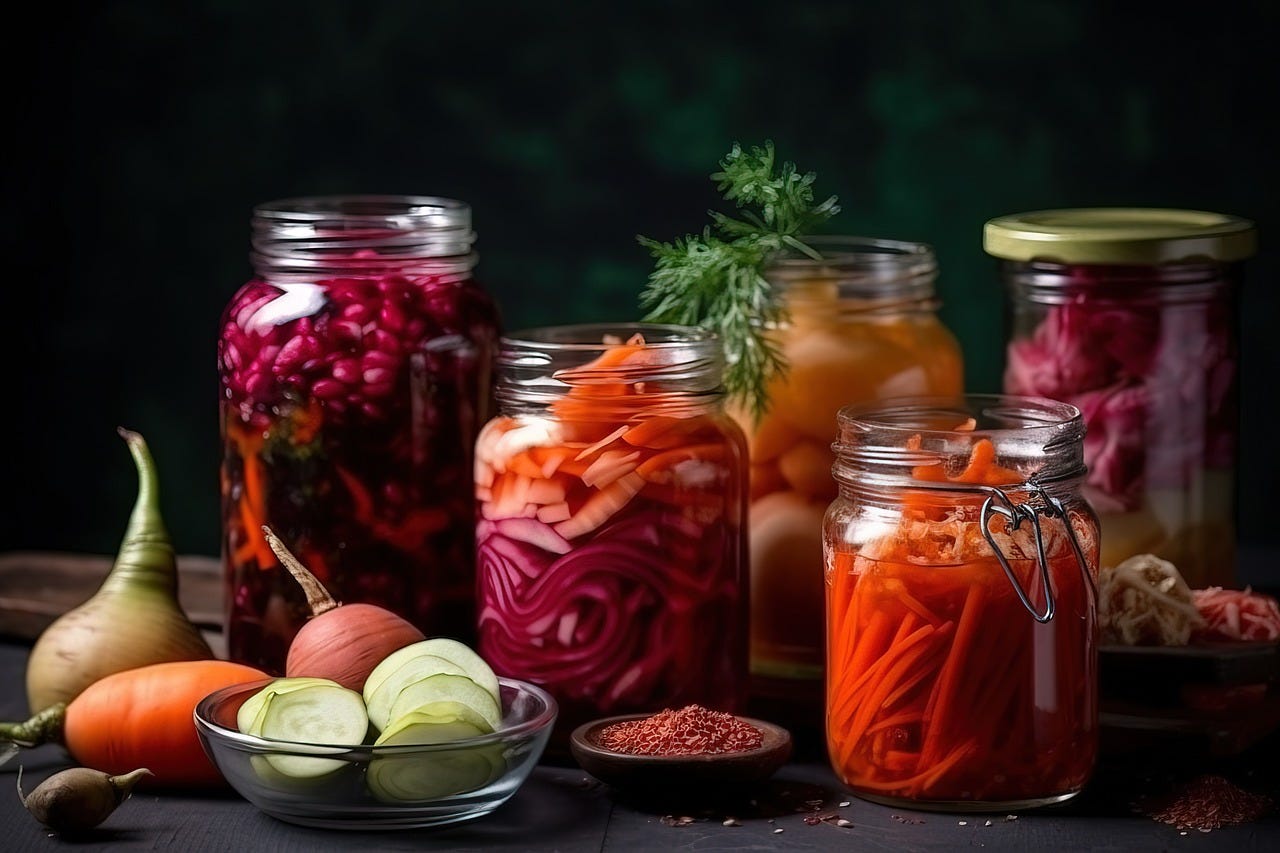
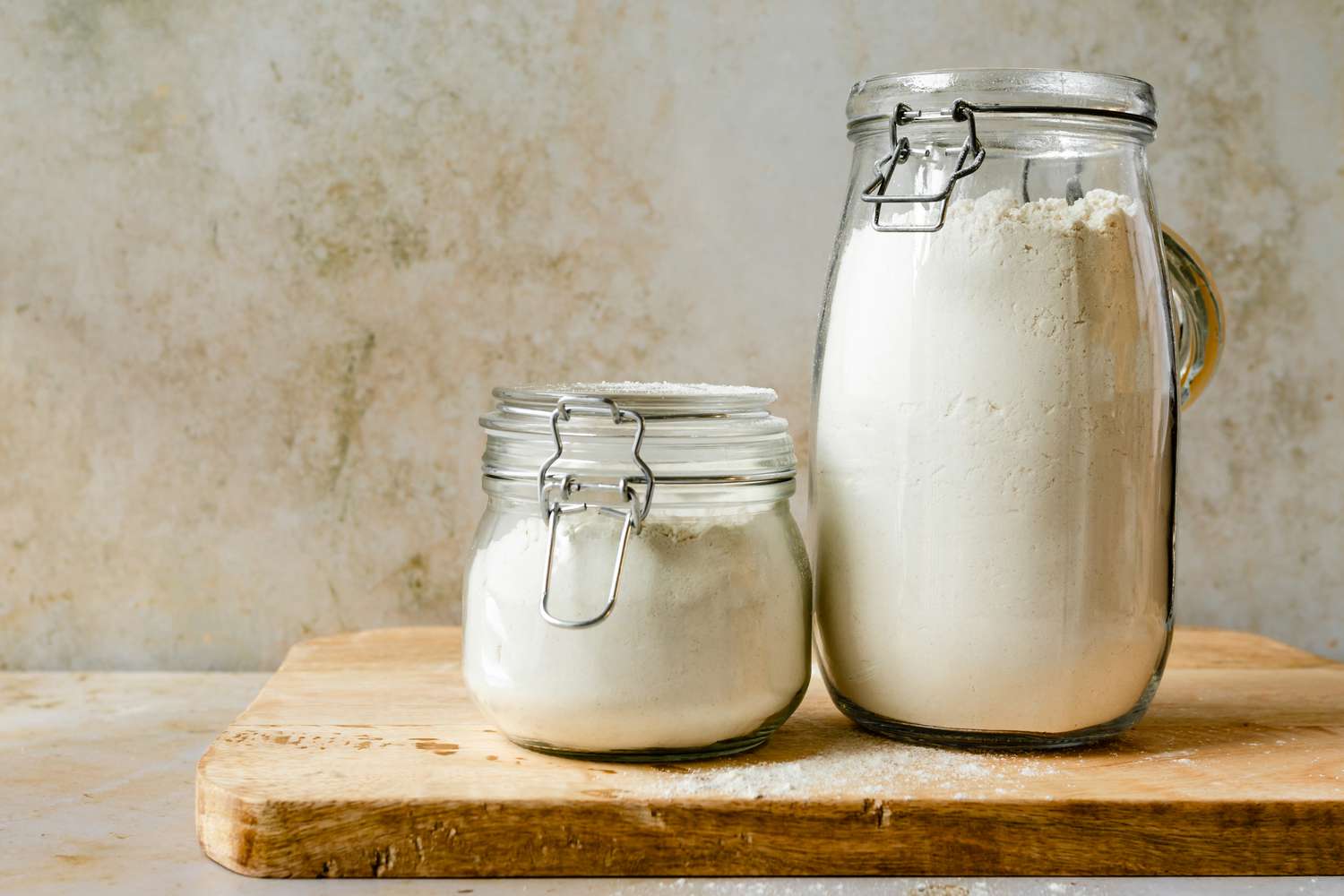
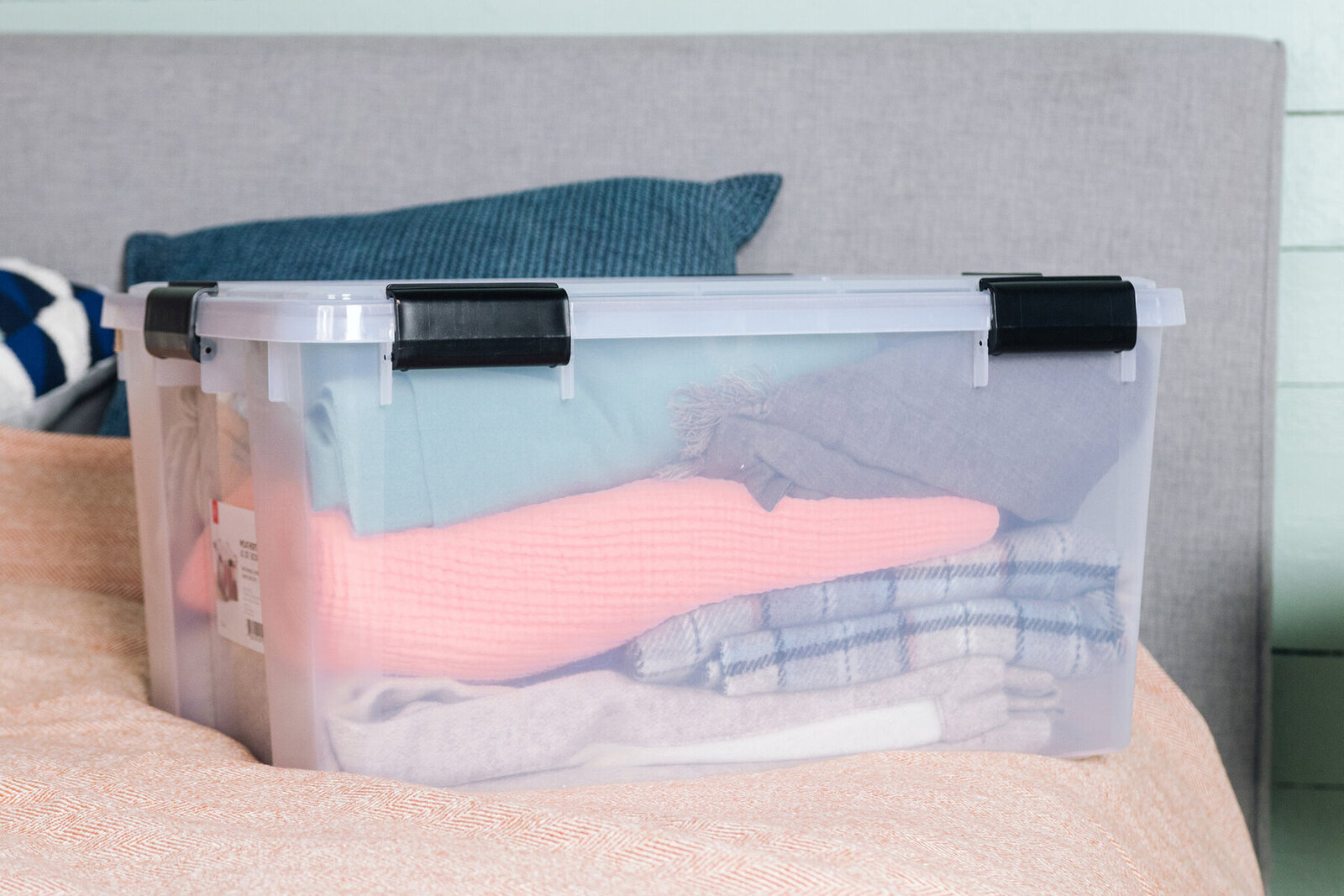
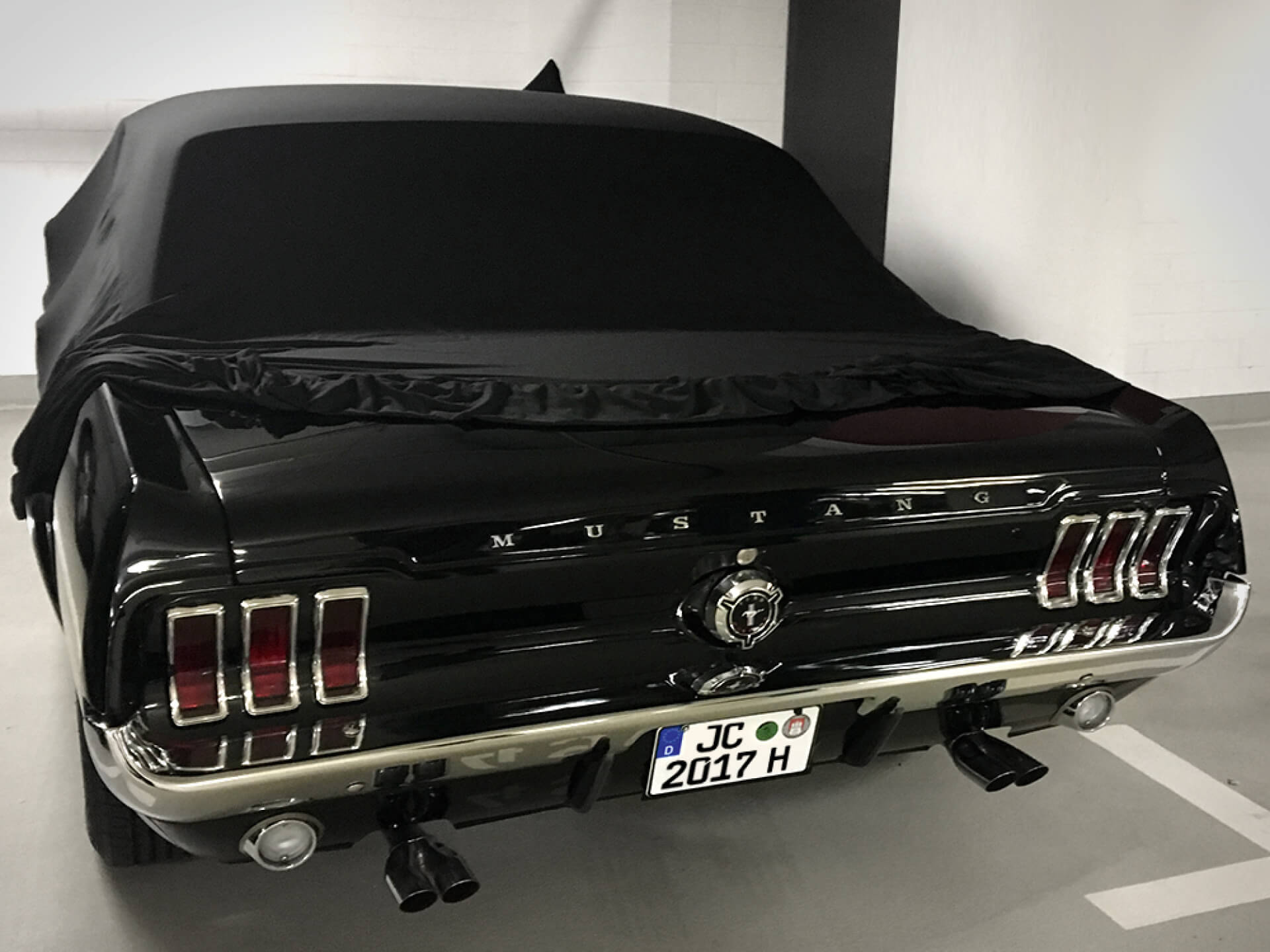
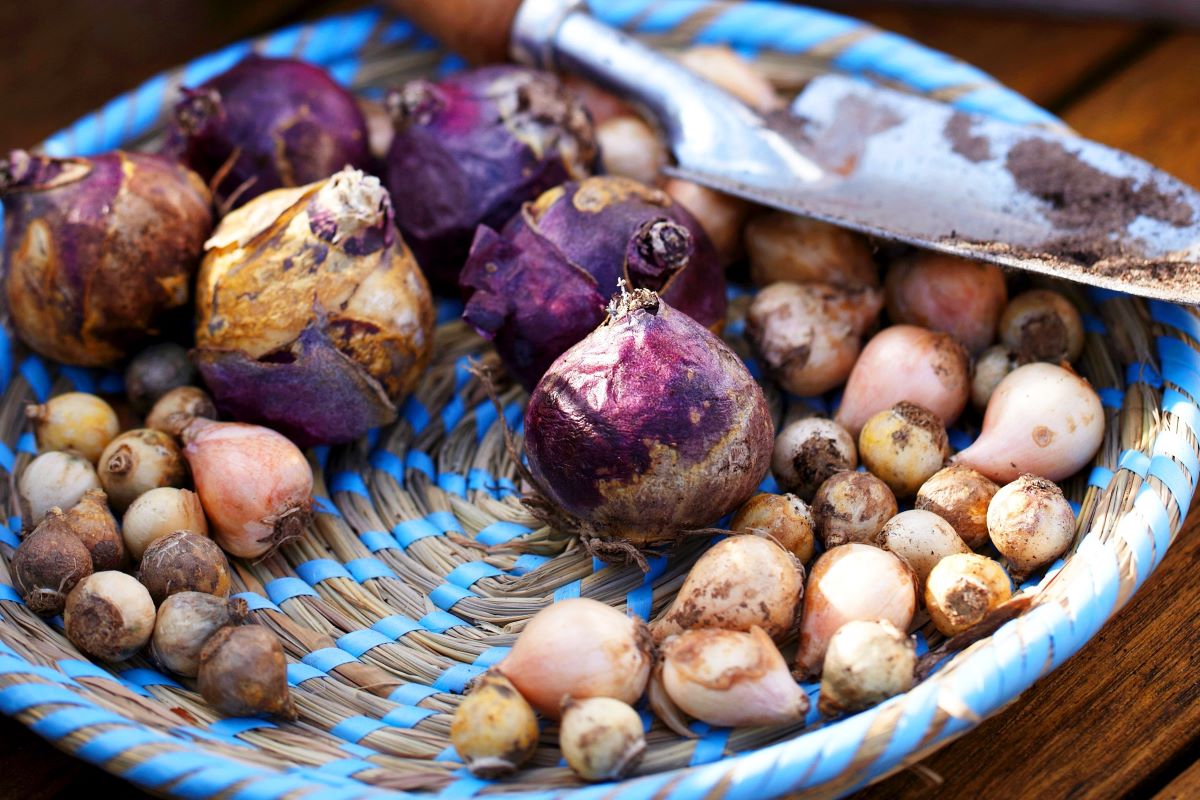
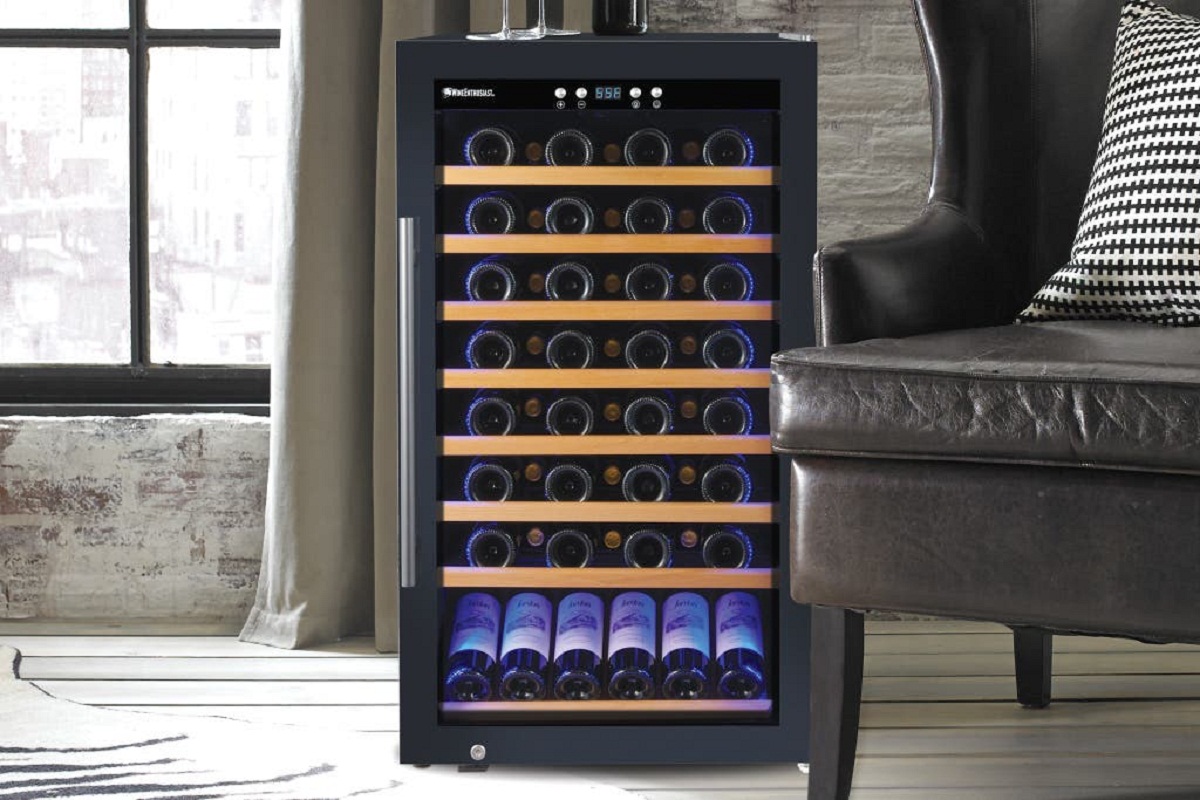
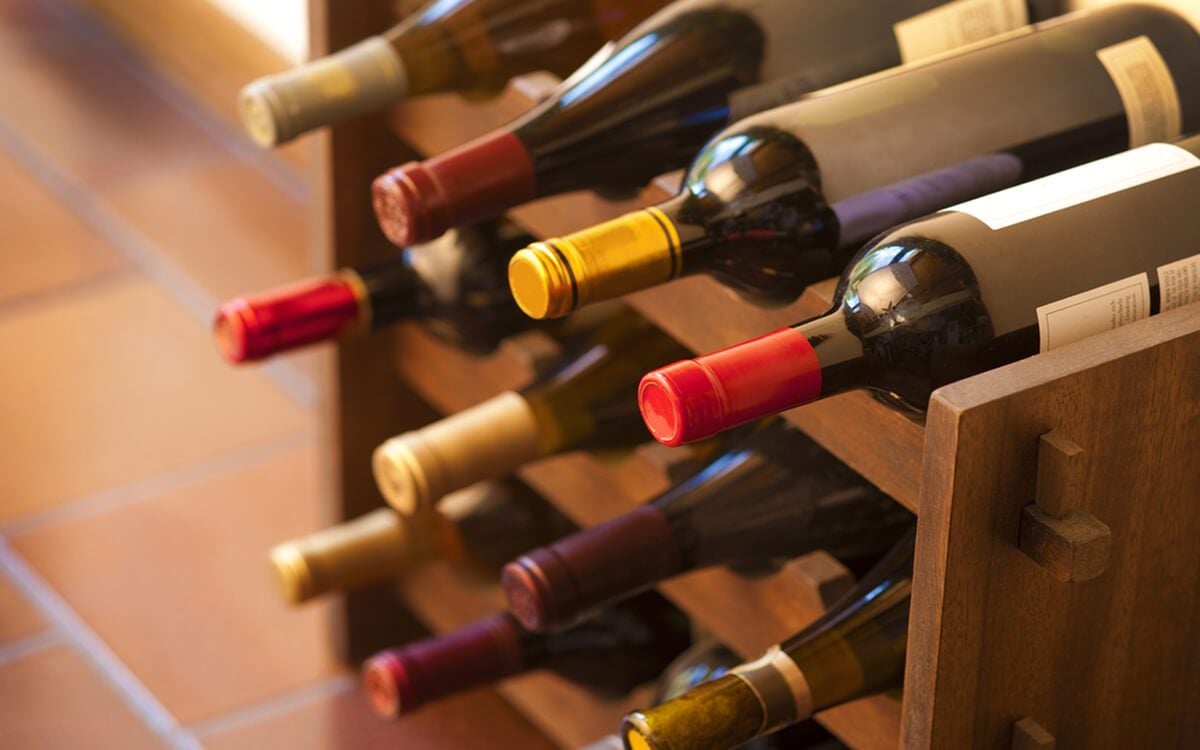
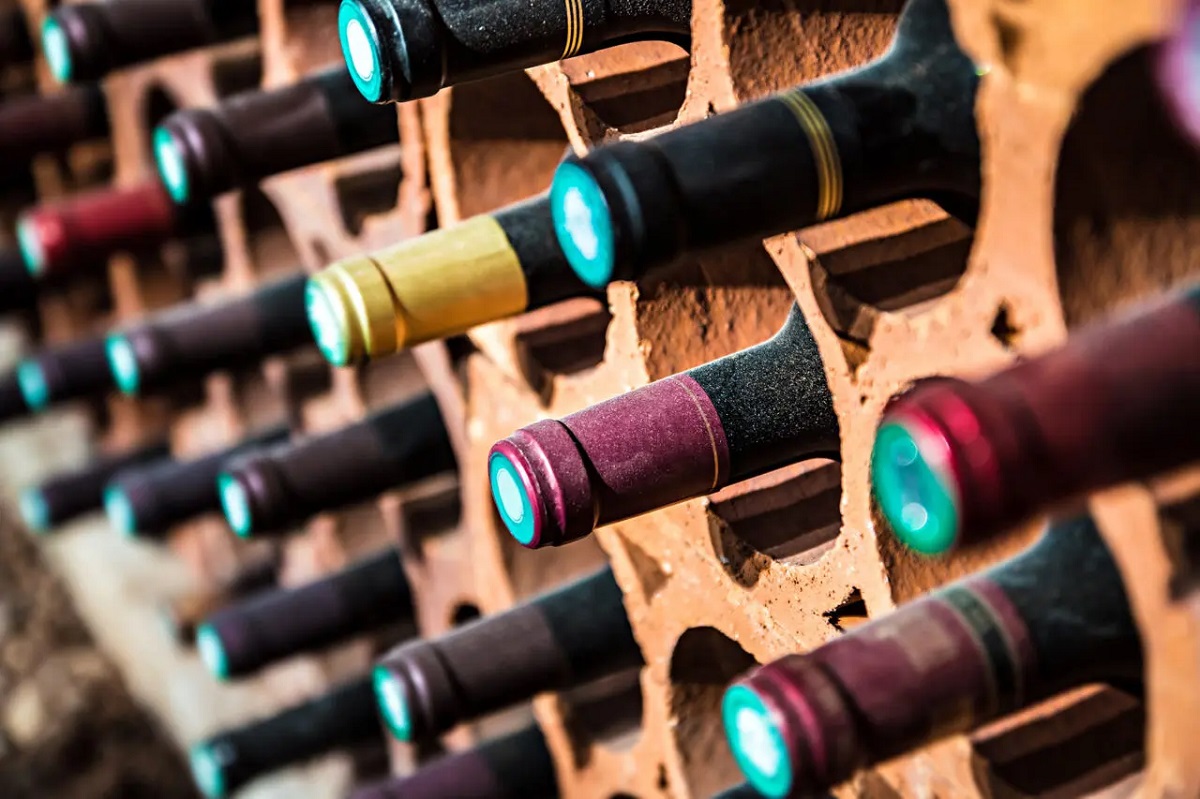
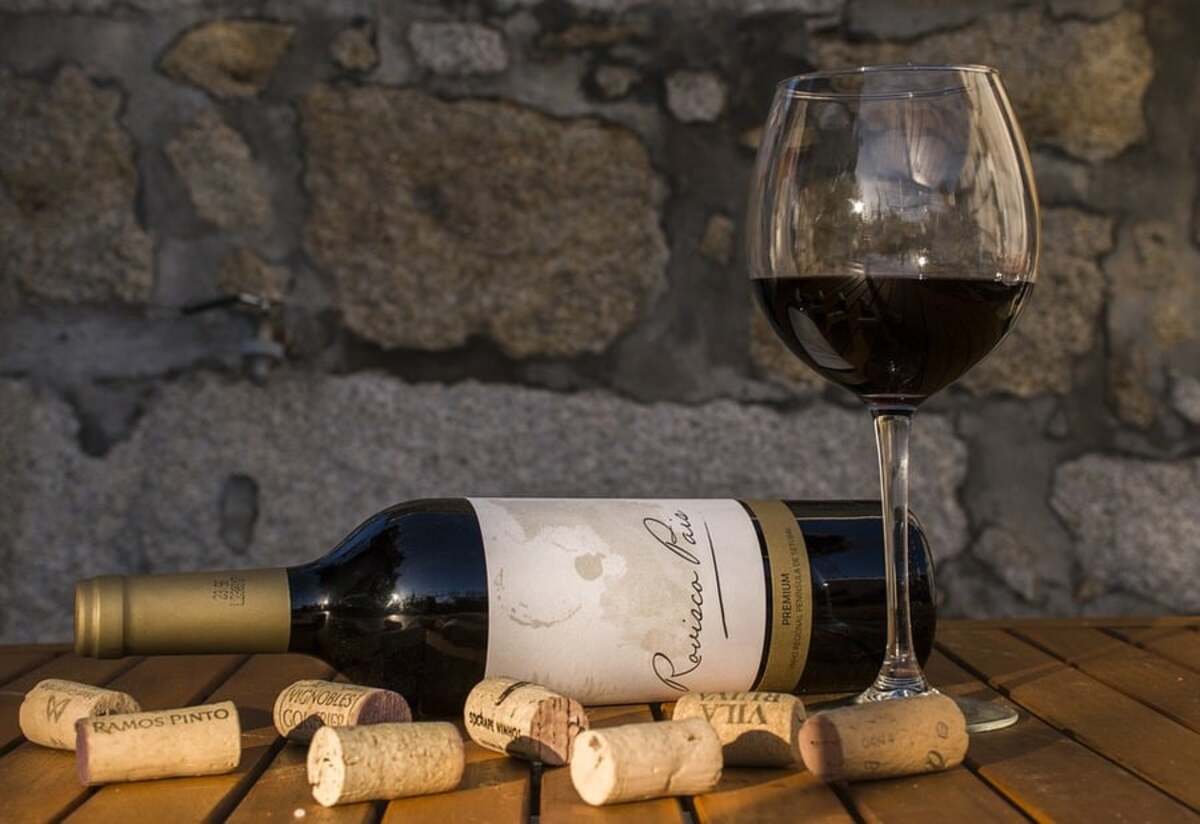

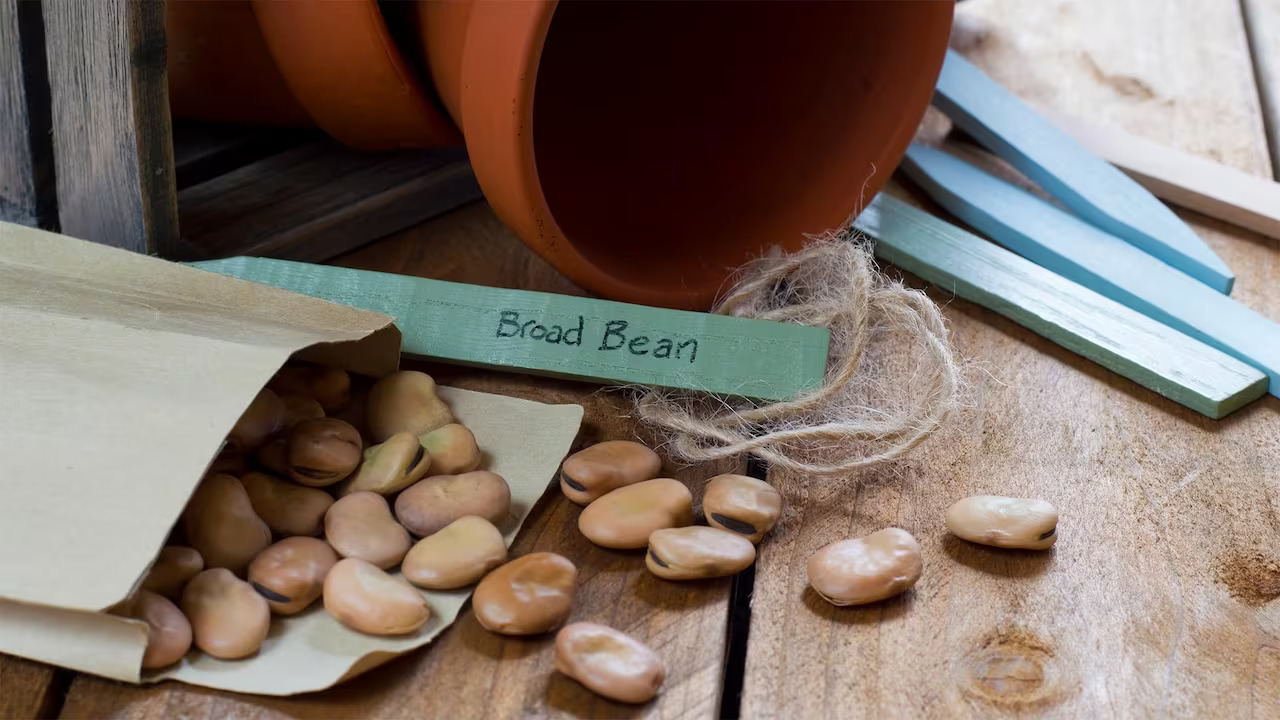
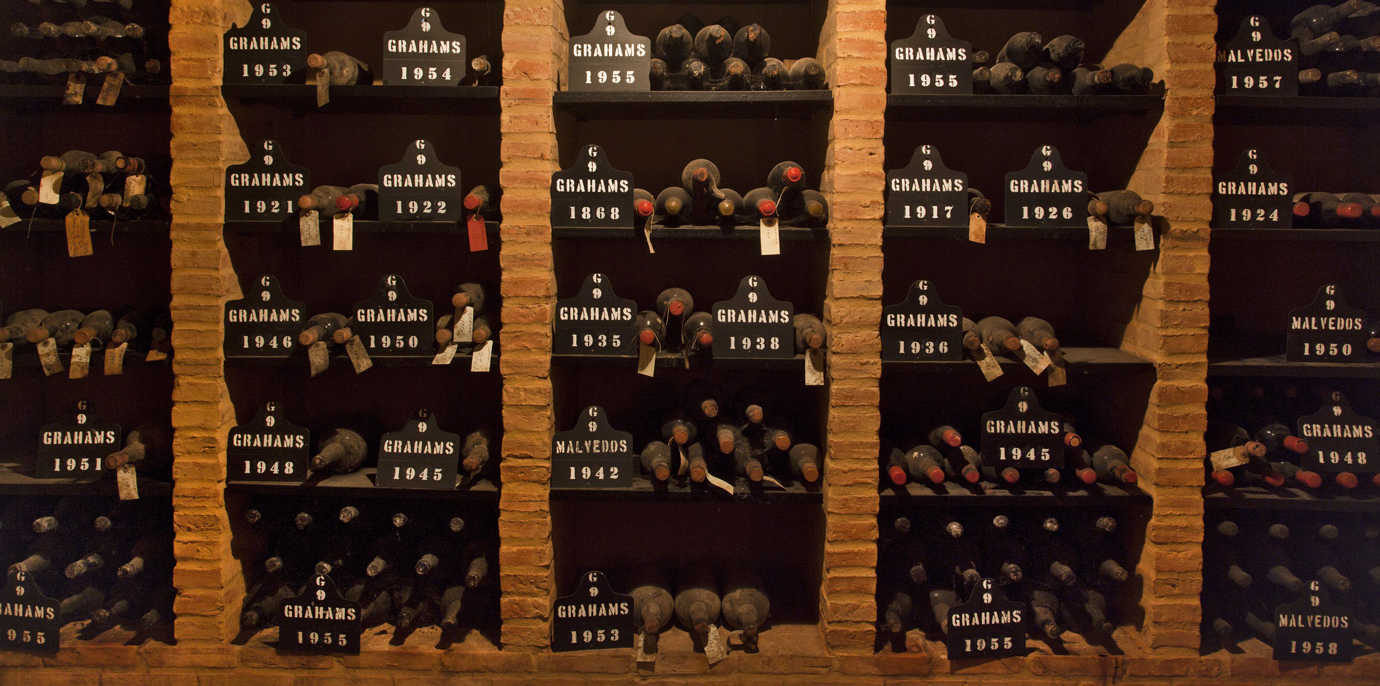
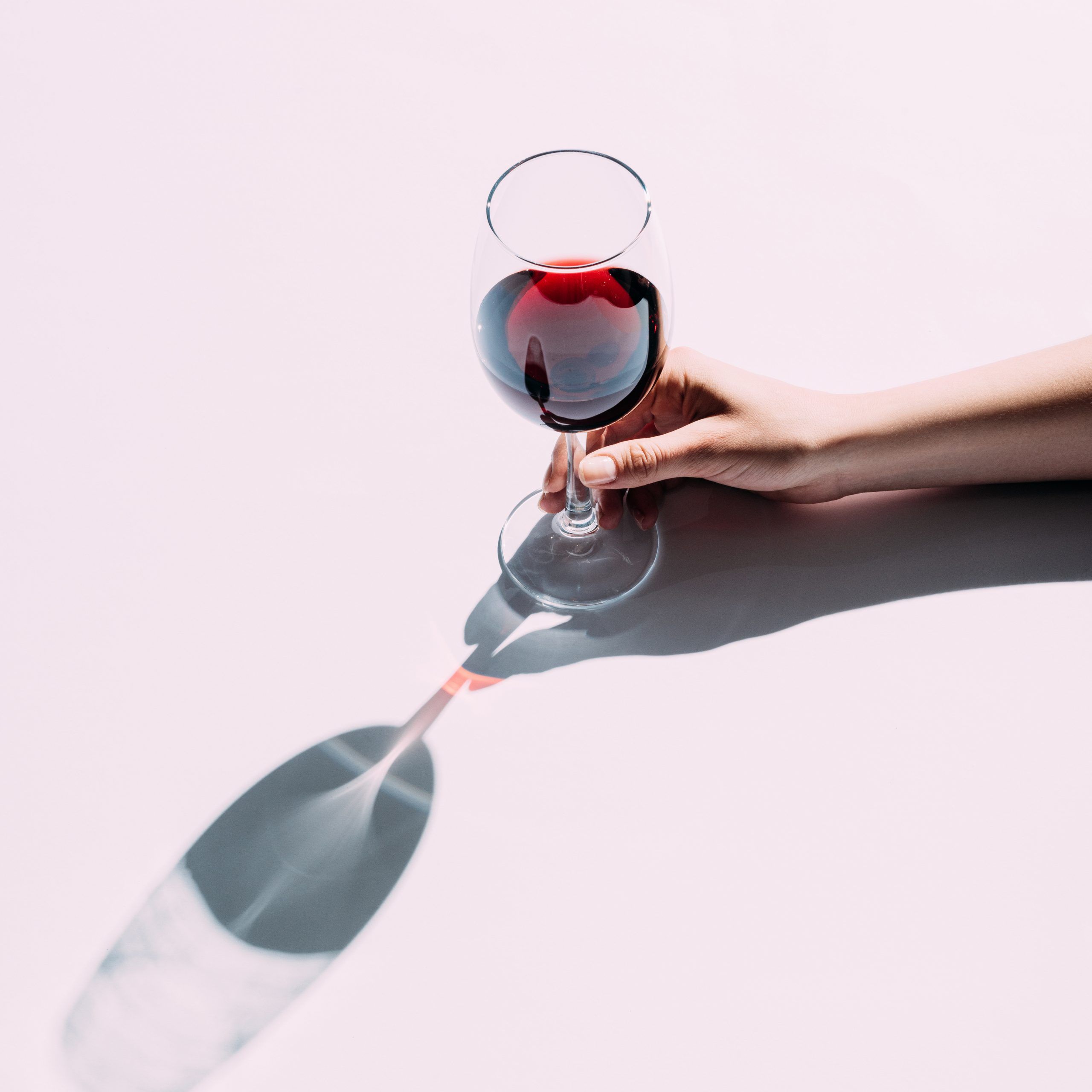

0 thoughts on “How To Store Wine For 20 Years”